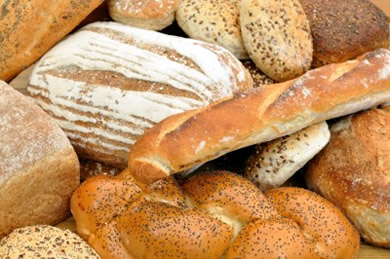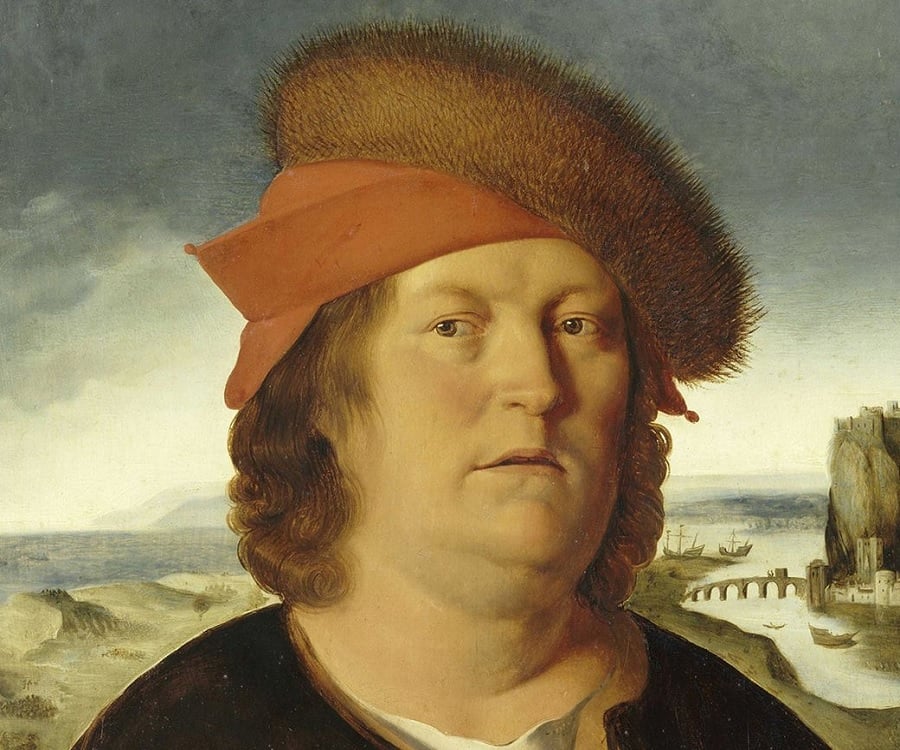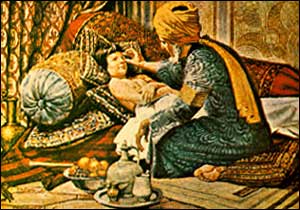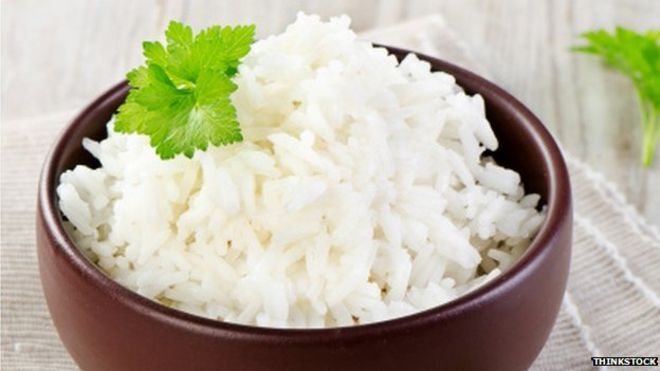Ever thought of changing your daily bread? Now is the time to really assess whether eating the same type of bread is working for you or your constitution? Given that many gastrointestinal tract (GIT) disorders are on the increase and conditions such as irritable bowel syndrome (IBS) and the gamut of symptoms that accompany many of the wheat intolerances, perhaps it is time to review some of the wide array of choices on the market where bread is concerned. Of course, many of the symptoms may be attributed to the wheat and grain type itself (is it GM? Can we be sure? See my previous blog post on the risks of GM here: http://yaso-shan.blogspot.co.uk/2012/10/the-truth-about-gmo.html) A number of other problems are also associated with bread such as bloating, fatigue, headaches, allergies and headaches to name but a few. Here is a selection of alternative choices if you wanted to switch; it may well give your system a refreshing change to the routine and who knows, perhaps prove to be far more compatible with your system and constitution:
| Name of Bread | Type of Bread | Country of Origin | Description |
| Bammy | Flatbread | Jamaica | Made by frying a mix of cassava root and salt in coconut oil, dipped in coconut milk and then refried. |
| Banana Bread | Banana Bread | Not known | Dense, made with mashed bananas, often a moist, sweet, cake-like quick bread, but some recipes are traditional yeast breads. |
| Bannock | Flatbread | UK (Scotland) | Modern types are made with baking soda or baking powder as leavening agent, giving a light, airy texture. May be baked or fried. Some Native American peoples in North America prepare their own versions of bannock. |
| Bara Brith | Flatbread | UK (Wales) | Sometimes termed 'speckled bread', raisins, currants and candied peel are added to dough. |
| Barotta (or Parotta) | Flatbread | South India | A common layered flatbread of Southern India. This is not to be confused with the North Indian Paratha. Parottas are usually available in restaurants and road side shops across Kerala, Karnataka, Tamil Nadu, southern Coastal Andhra and the Middle East. |
| Beer Bread | Yeast Bread | Not known | Made with regular beer or other types such as stout or dark beer. |
| Belgian Waffle | Waffle | North America | A type of waffle popular in North America, but not common in Belgium. Compared to the standard American waffle, it is identified by its larger size, lighter batter, larger squares, and a higher grid pattern that forms deep pockets. |
| Black Bread | Rye Bread | Not known | Made of rye grain, usually dark colored and high fiber, ranges from crispy in texture to dense and chewy. |
| Chapati | Unleavened Flatbread | South Asia | Thin in size and made with wheat flour; usually eaten with cooked dal (lentil soup), vegetable curry, chicken and mutton curry dishes; pieces are used to wrap around and pick up each bite of the cooked dish. |
| Chickpea Bread | Leavened | Albania & Turkey | Made from chickpea flour. The most significant difference of this type of bread is, instead of using regular yeast, they use a yeast made with chickpeas. |
| Cornbread | Cornbread | Americas | Can be baked or fried, has a golden appearance, usually has a moist interior |
| Dosa | Pancake | South India | Fermented crêpe or pancake made from rice batter and black lentils. It is also served with variety of fillings like potato, coconut, paneer, vegetables, dry fruits etc. |
| Flatkaka | Unleavened Rye Bread | Iceland | Soft, round, thin and dark with a characteristic pattern from the frying pan; traditionally fried in small, heavy cast iron frying pans. |
| Green Onion Pancake | Flatbread | China | Savory, non-leavened flatbread folded with oil and minced scallions (green onions). Unlike a true pancake, it is made from dough instead of batter. |
| Kisra | Fermented Bread | Sudan & South Sudan | Spongy flatbread made from sorgum or millet with each batch being created with a starter from an older batch almost like a generational bread. |
| Massa Sovada | Sweet Bread | Portugal | Made with milk, sugar or honey, subtly sweet lightly textured loaf, traditionally made for Christmas and Easter (when hard boiled eggs often baked in) times, today made year round. |
| Miche | Leavened | France | Rounded loaf, often sourdough based |
| Puran Poli, also called obbatu, bobbatlu, bakshalu | Flatbread | India | Sweet dessert served for special occasions and festivals, stuffing of boiled chickpea lentils, turmeric, sugar, and spices, cooked on hot griddle, served with ghee and lentil broth soup. |
| Pane di Altamura | Leavened | Italy | Made from durum flour, often odd in shape. |
| Panettone | Sweet | Italy | Fluffy, base round, octagon or star section, takes days to make to cure acidic dough like sourdough, contains candied citrus, raisins, sliced vertically, served with cider or champagne, esp. for Christmas, New Year. |
| Paratha | Flatbread | India & Pakistan | Unleavened, made by pan frying whole wheat dough, ghee or cooking oil usually in dough and on done loaves, usually stuffed with vegetables or cheese, served with butter, chutney, spicy sauces or curries of meat and vegetables. |
| Paximathia | Diced bread | Greece | Also referred to as rusks, it is prepared with whole wheat, chick pea or barley flour and is a common bread in Greece. |
| Pita | Flatbread | Eastern Greece | Round with inner pocket |
| Potato Bread | Leavened or Unleavened | Not known | Potato replaces part of usual wheat flour, ratio of potato to wheat varies much, leavened or unleavened, may have many other ingredients baked in, varied cooking methods. |
| Potato Waffle | Waffle | UK | A potato-based savory food in a waffle-like lattice shape. They are common in the UK and Ireland and are also available in some other countries. |
| Rice Bread | Rice Bread | Japan | Made from rice flour |
| Sourdough Bread | sourdough | Western Asia, Nile Valley & Nile Delta (Egypt) | A bread product made by a long fermentation of dough using naturally occurring lactobacilli and yeasts. In comparison with breads made quickly with cultivated yeast, it usually has a mildly sour taste because of the lactic acid produced by the lactobacilli. |
| Sprouted Bread | Sprouted | Not known | A type of bread made from sprouted (germinated) whole grains |
| Spelt Bread | Yeast bread | Not known | Made predominately with spelt flour or coarse meal. |
| Tiger Bread | Rice Bread | Netherlands | Rice paste bread made with sesame oil and with a pattern baked into the top made by painting rice paste onto the surface prior to baking. The paste dries and cracks during the baking process, creating a two-colour effect similar to a tiger's markings, hence the name. |
For more information visit: https://en.wikipedia.org/wiki/List_of_breads











